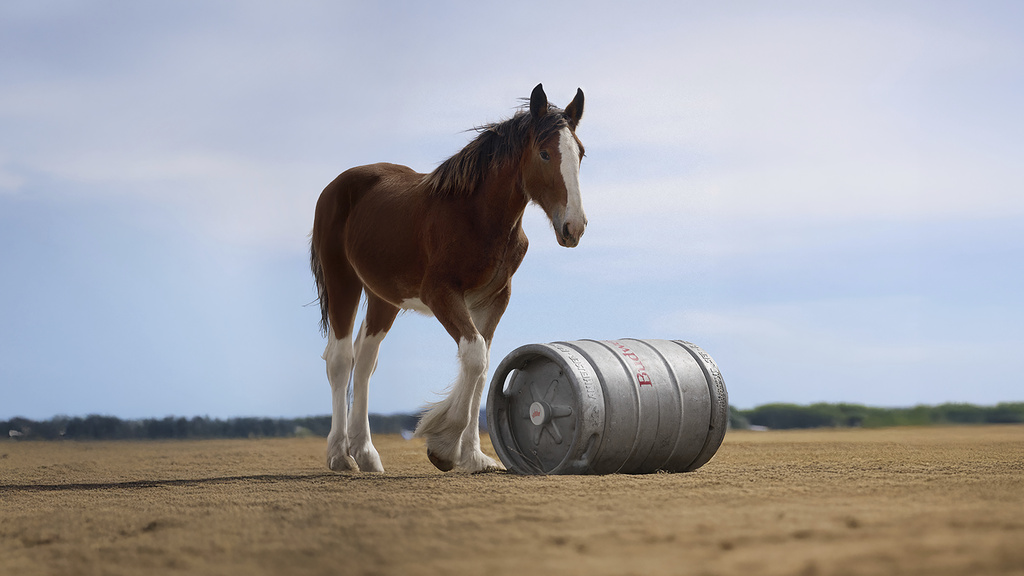Have you ever thought about what animals are doing in their natural habitats when the sun goes down? Well, “Night on Earth” will make any viewer a fan of nature documentaries after seeing the razor-sharp clarity by moonlight, thermal imaging, and full-color low light cameras capture breathtaking unseen moments across the world.
The six-part British nature documentary series has ground-breaking camera techniques that reveal the parts of nature that have never been able to see at night in perfect light. “Night on Earth” is exhilarating with bizarre animals that flourish on camera. Much like other documentaries, “Night on Earth” animals big and small are challenged to the increasingly unpredictable whims of climate, season, predators, and survival in the night. “Night on Earth” is narrated by Samira Wiley, who emphasizes camera technology innovations that we see right before our eyes. Wiley’s tone adds a dramatic depth to the screen that compliments the astonishing cinematography.
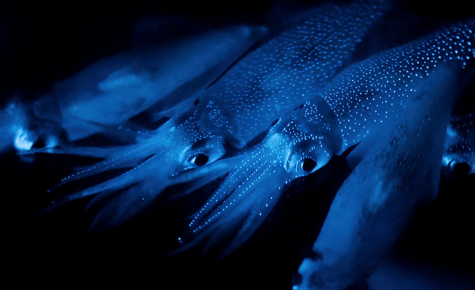
The series begins in the African savanna with scenes of a lioness tackling a wildebeest, glowing scorpions taking a stab at mice, lion cubs harassing a hippo, and a porcupine jabs a needle in one hungry lion’s nose. In the Peruvian desert, cactus flowers bloom at night with bats using the nectar as a food source. Seal pups are targeted by sea lions and vampire bats scattering over the rocks on the Peruvian coast. That is all just in the very first episode.
One of the show’s unique aspects is the types of animals they can capture and how they function at night. For example, in the Frozen Nights episode in the High arctic around the islands of Svalbard, a low light camera reveals a mother polar bear and her two cubs walking through the tundra. The episode highlights winter in the mountains of Patagonia, southern Chile, with a mother puma and her young cubs trying to find shelter and warmth. The mother puma has to survive the night and save her cubs in the process of hunting for food at night. In the Alaskan forest, the wood frog can survive subzero temperatures with its heart-stopping and bodily organs frozen until it defrosts again.
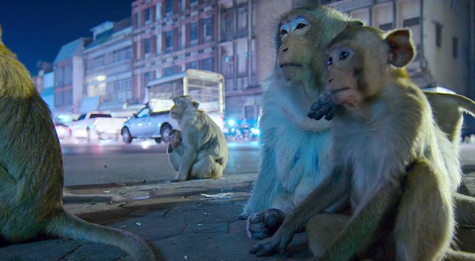
The next episode focuses on jungle nights beneath the canopy with large and small beasts brought to light in new low light camera technology. In Brazil, a young jaguar and his mother are trying to hunt and survive the jungle. The night is the perfect time for the jaguars to hunt because of the stealth advance on their prey. In Borneo’s jungles, a thermal imaging camera used to see a whole family of forest-dwelling elephants is impressive. A curly hair female tarantula snatches a cockroach and meets a male counterpart alliance. An alien-like organism that “Night on Earth” shows is the carnivorous pitcher plant that glows in the moonlight invisible to humans. It also attracts insects. Pitcher plants eat anything that falls into the “pitcher,” and is digested by the plant.
Dark Seas start in Australia’s Great Barrier Reef for ultra-sensitive cameras to see the struggle of hacking baby turtles making their way into the ocean as they deal with gulls and sharks. Most hackling does not push it past the danger zone, but those who escape make it out to the deep sea. “Night on Earth” educates the audience about how the moon’s pull on the Earth is so strong it creates the tides. At the bottom of the ocean in Lembeh, the ancient tiger mantis shrimp burrows itself in the sand. The camera angles and lighting bring the home of the tiger mantis shrimp, one of the oldest organisms in the animal kingdom, to our screen. “Night on Earth” also explores Mossel Bay in South Africa, which has a significant white shark population unlike anywhere else. A small island is home to thousands of seals, and the great white sharks lurk just beneath the surface.
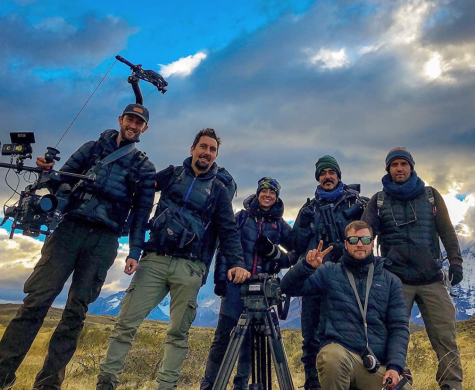
“Night on Earth” continues in southern Africa during the fifth episode, Sleepless Cities. A herd of elephant’s path is blocked by a town that has grown over the last couple of years. The mother elephants manage to cut through the city with their babies at night when no cars are on the road. It takes an incredible amount of patience and endurance to capture moments like this. Mumbai’s streets and alleyways become home to leopards that walk into buildings for prey. Moose travel through the town to eat a special treat. That’s right, moose go through Anchorage and eat as many pumpkins as they can and disappear into the night.
The season finale flashes back to all episodes in the intro, which is very cinematic. In Ethiopia, in the Semien mountains, the cameras hover over a group of gelada, hyenas, and leopards and brace some of the world’s highest cliffs. The low light cameras are used again for a pack of zebras and giraffes in Zimbabwe night’s plains. Elephants escape a pair of lions chasing the herd. Orcas attack a school of fish trapped in a fishing net and use the boats’ light to catch other fish. “Night on Earth” is a documentary that talks about an event in nature and then shows a verbatim account satisfying to see play out.
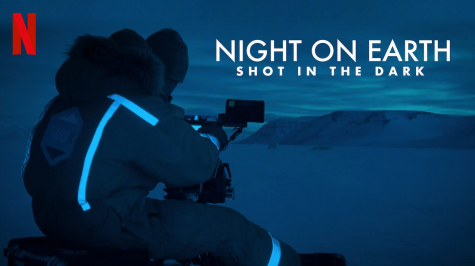
You can also watch “Night on Earth- Shot in the Dark,” an hour-long behind the scenes film that shows camera crews and how they created the six-part documentary. Documentaries can have a reputation of being boring, especially shows about nature. It opens up new possibilities that humans have to venture into the wild parts of Earth to discover new species. Samira Wiley also narrates the behind-the-scenes footage. “Night on Earth ” is a spectacular docuseries that brings a classier, more sophisticated style to the nature documentaries genre.
_______
For more information or news tips, or if you see an error in this story or have any compliments or concerns, contact editor@unfspinnaker.com.







